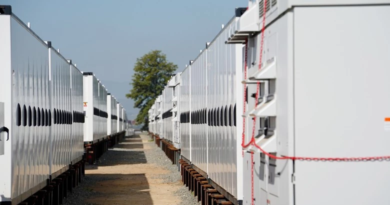The Role of Inverters in Microgrids
Microgrids have become increasingly popular in recent years as a reliable and efficient way to generate and distribute electricity. These self-contained power systems can operate independently or in conjunction with the main grid, providing a range of benefits to both consumers and utilities.
One of the key components of a microgrid is the inverter. Inverter-based resources (IBRs) play a crucial role in converting the direct current (DC) generated by renewable energy sources, such as solar panels or wind turbines, into alternating current (AC) that can be used to power homes and businesses.
Microgrids typically rely on radial distribution circuits, but there is potential for them to be deployed on secondary network systems as well. In either case, inverters are essential for ensuring a smooth and stable flow of electricity within the microgrid.
IBRs enable microgrids to seamlessly switch between operating modes, allowing them to be entirely energized by renewable energy sources or to draw power from the main grid when needed. This flexibility ensures a reliable and continuous supply of electricity, even during periods of high demand or when renewable energy generation is low.
In addition to their role in power conversion, inverters also provide advanced control and monitoring capabilities. They can regulate voltage and frequency, synchronize with the main grid, and enable seamless islanding when the microgrid operates independently from the main grid.
Overall, inverters are a critical component of microgrids, enabling the integration of renewable energy sources and ensuring the stability and reliability of the system. As the demand for clean and sustainable energy continues to grow, the role of inverters in microgrids will become even more important.



